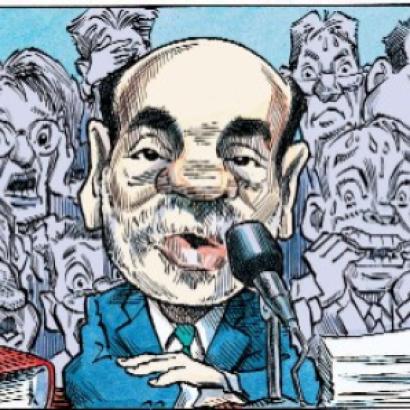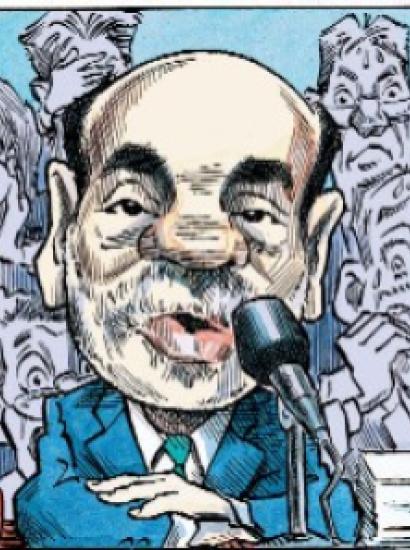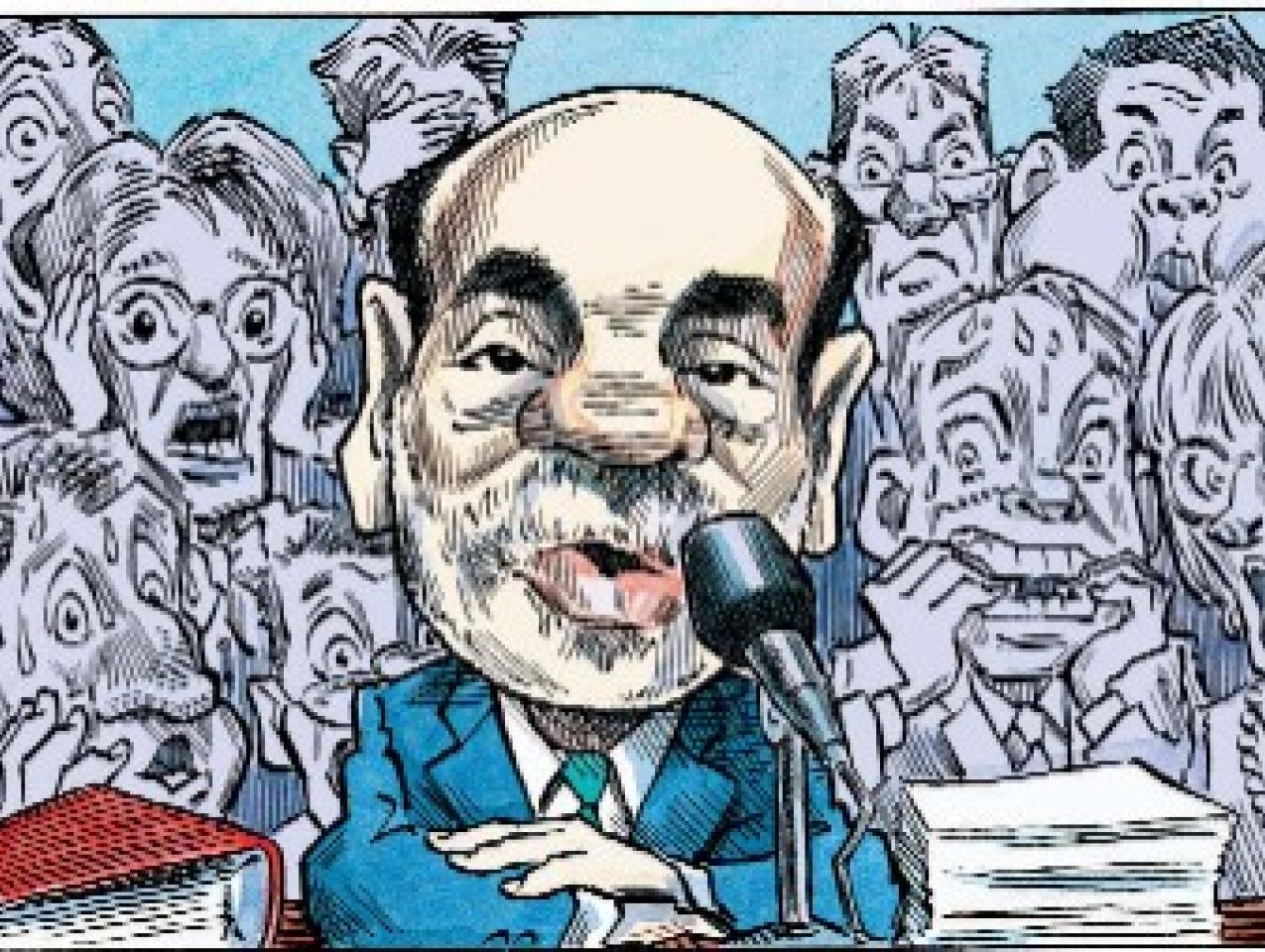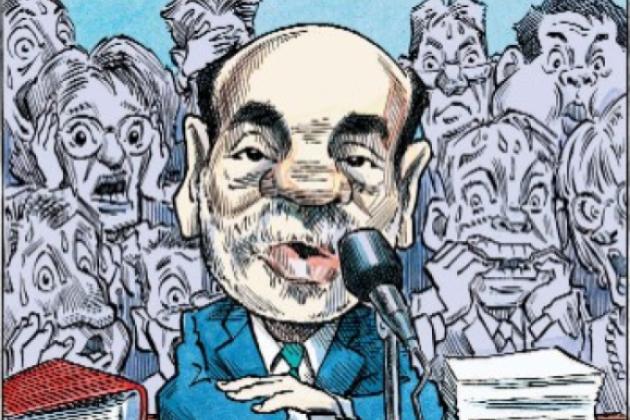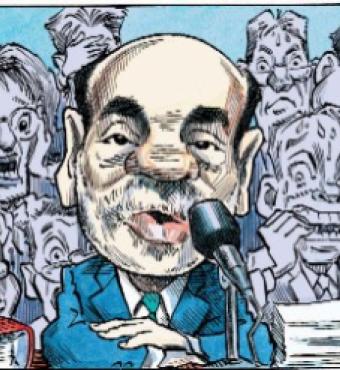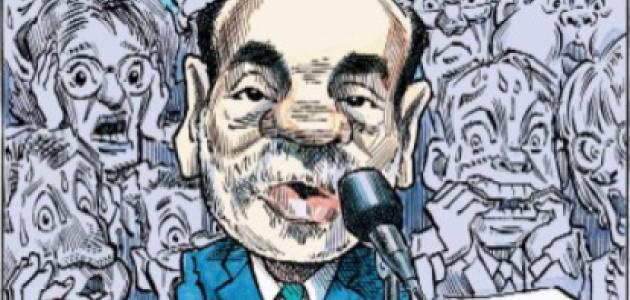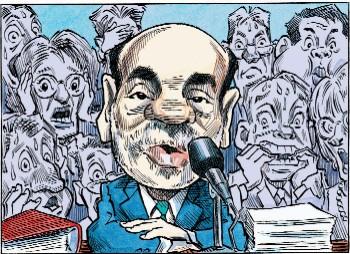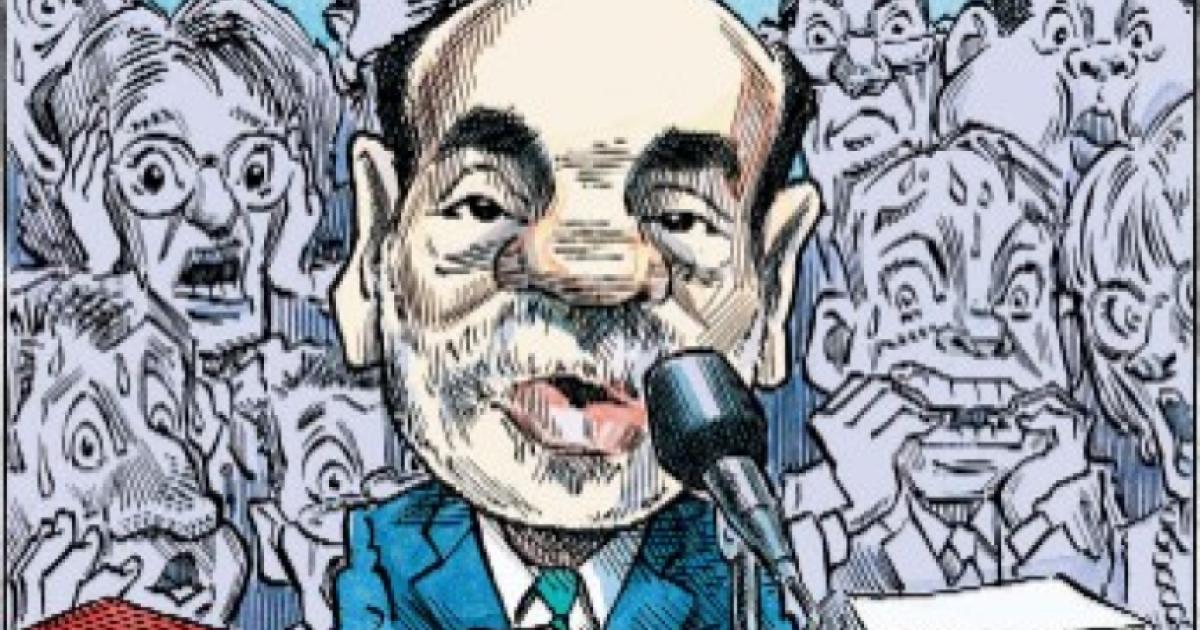Last year, I wrote a piece, “Lessons Learned from the Greenspan Era,” for the Jackson Hole monetary conference, arguing that the remarkable U.S. economic performance since the early 1980s could extend well beyond the Greenspan era if the Fed followed certain policy principles: raise the Fed funds rate by more than any incipient increase in the inflation rate, cut the funds rate when the economy weakens, commit to price stability, be predictable.
It’s too early to write a similar piece on a Ben Bernanke era, but lessons have already been learned. Unlike the starts of his two predecessors, he has had to deal with a smaller (but still potentially disruptive) increase in inflation. Explanations for this increase range from a global commodity boom to the Fed veering off its principles in 2004 and 2005 by increasing the funds rate too slowly.
Since the beginning of Bernanke’s term, the Fed has responded by raising the funds rate by 75 basis points—to 5.25 percent from 4.5 percent, which is the neutral rate according to the St. Louis Fed’s version of the “Taylor rule.” This rise appears to be more than the increase in inflation since the start of his term; so, thus far, the Bernanke Fed is following a key principle of monetary success. There is likely to be more work to do, however. If the inflation rate of personal consumption expenditures (PCE) remains over 3 percent, then a funds rate of over 6 percent will be needed.
But the most important lessons have been from the market volatility induced by the Fed’s own comments. Market chatter in this regard was unusually critical in the spring of 2006, but quantitative measures of implied volatility, computed from options prices, can provide a more objective assessment. Beginning in late April, implied volatility in the currency and other markets rose sharply: Euro/dollar volatility rose from 8.3 percent in April to 9.3 percent in May. Yen/dollar volatility rose from 9.1 percent in April to 10.4 percent in May. Implied volatility of the S&P 500 followed the currency markets up. By the end of June, however, all those measures of volatility had returned close to pre-April levels.
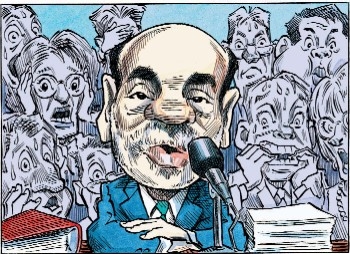
Looking at daily data, the increase in volatility immediately followed Bernanke’s April 27 testimony about a pause in interest rate increases. This attempt to talk about the future interest rate lent itself to misinterpretation, and attempts to clarify—including his infamous conversation with Maria Bartiromo—simply sustained the volatility. Not until Bernanke said that the episode was a “lapse of judgment” on May 23 did volatility begin to come down. Volatility in the equity markets continued but dropped significantly on June 29, when the Fed issued a statement stating its views on the outlook for inflation and output without saying anything about the future interest rate.
The lesson is clear. Attempts to discuss future interest rate movements increased volatility; halting those attempts reduced volatility. Instead of trying to talk about future changes in the interest rate, then, the Fed should simply present its analysis of inflation and the economy through statements, minutes, biannual policy reports, and occasional supportive statements by officials. Experienced people, knowing the Fed’s principles, will be able to figure out what is likely to happen. That Bernanke indicated that he wants to stick with the policy principles ought to be enough for the markets.
There were good reasons to deviate from that approach in 2003, when the interest rate was 1 percent and the Fed wanted to commit to holding it below typical policy rule levels for a “considerable period” to reduce the chance of deflation. But that period is long past. The statement released after the June 29 Federal Open Market Committee meeting was exactly right. Words such as “considerable period” or “pause” were omitted. Informative words describing the state of the economy were included.
| Instead of trying to talk about future changes in the interest rate, the Fed should simply present its analysis of inflation and the economy through statements, minutes, biannual policy reports, and occasional supportive statements by officials. |
Some have argued that the lesson learned from this recent volatility experience is that the Fed should set a specific numeric target for inflation. I disagree; recent experience indicates setting such a target could increase volatility again. First, we do not know which inflation rate to target. If we choose one, we might have to change it later. Second, an explicit focus on the inflation rate may actually take emphasis away from price stability. Focusing on a numeric inflation rate tends to let bygones be bygones when there is a rise in the price level. In recent research, Yuriy Gorodnichenko and Matthew Shapiro of the University of Michigan found that Greenspan placed relatively greater weight on the price level than on the inflation rate in speeches: He was twice as likely to mention the price level as inflation; Bernanke was half as likely to mention the price level as inflation.
| Bernanke has indicated that he wants to stick with policy principles; that ought to be enough for the markets. |
In sum, powerful lessons can be learned from Bernanke’s start. Keep to the proven principles. Talk about the economy, not about the future of the federal funds rate. Commit to price stability without adding uncertainty about the meaning of a new inflation target.








